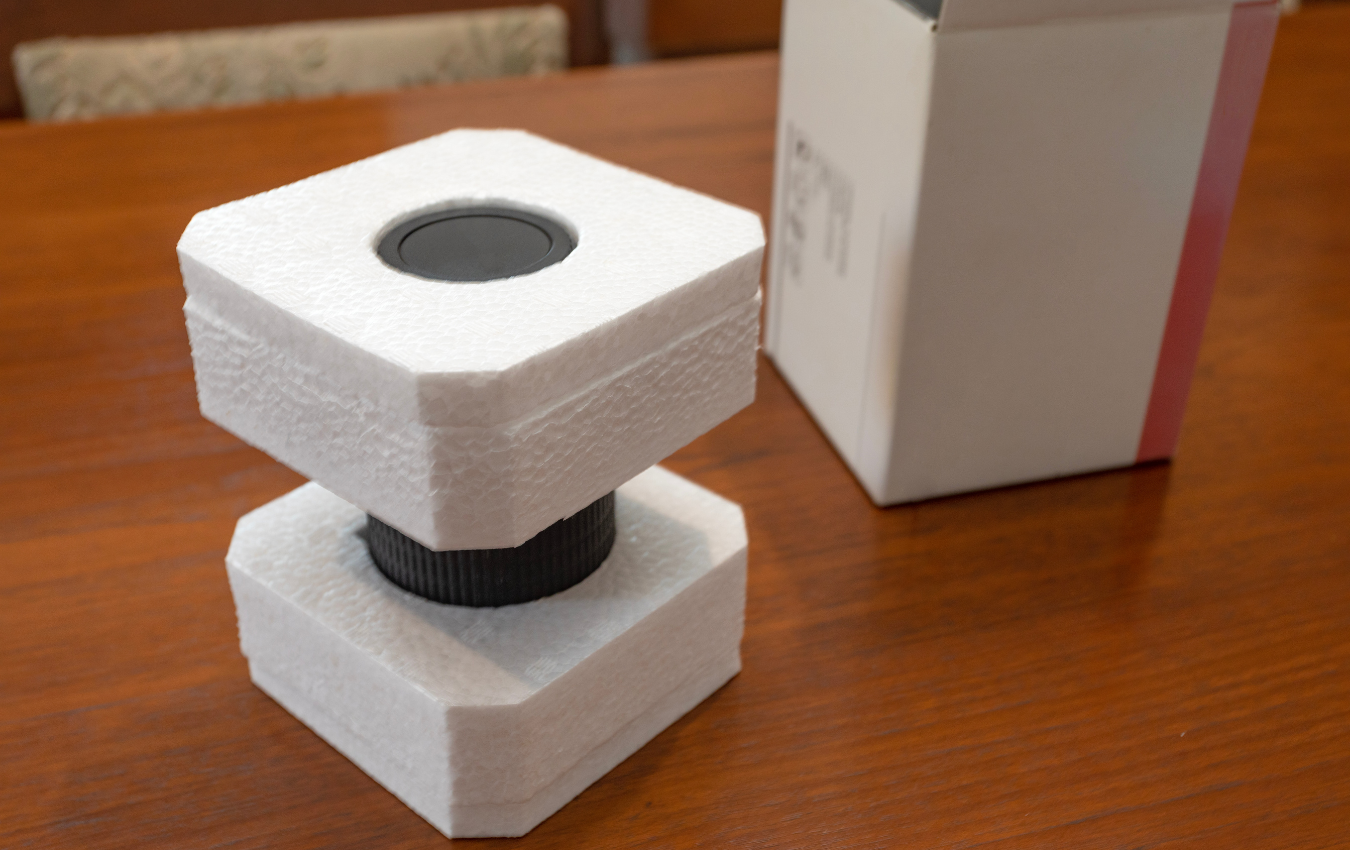Home » Packaging in California vs. the Rest of the United States
Packaging in California vs. the Rest of the United States

Packaging plays a crucial role in product presentation, preservation, and sustainability. While packaging regulations across the United States generally adhere to federal guidelines, California stands out for its unique and stringent packaging laws. In this blog, we will explore the differences between packaging in California and the rest of the United States, examining regulations, sustainability initiatives, and their impact on businesses and consumers.
California’s Packaging Regulations: A Unique Landscape
California is known for its proactive approach to environmental protection, and its packaging regulations reflect this commitment. The primary difference between California and the rest of the U.S. lies in the state’s comprehensive and strict regulations aimed at reducing packaging waste and promoting recycling.
California’s Rigid Container Law
One of California’s standout packaging laws is the Rigid Plastic Packaging Container (RPPC) Act, which requires manufacturers to minimize packaging waste. This law mandates that RPPCs meet specific recycling criteria, such as using a minimum percentage of recycled content and being labeled with recycling symbols. Non-compliant products may face penalties.
Extended Producer Responsibility (EPR) Programs
California has been at the forefront of Extended Producer Responsibility (EPR) programs. Under EPR, manufacturers bear responsibility for the entire lifecycle of their packaging, from production to disposal. They must participate in recycling programs, fund collection systems, and meet specific recycling and recovery targets.
Plastic Waste Reduction Laws
California has implemented multiple laws aimed at reducing single-use plastics. Bans on single-use plastic bags, straws, and expanded polystyrene (Styrofoam) food containers are examples of such regulations. These measures have significant implications for packaging choices, particularly in the food and beverage industry.
Packaging Regulations in the Rest of the U.S.
While California leads in packaging regulations, the rest of the United States primarily follows federal guidelines established by agencies like the Environmental Protection Agency (EPA) and the Food and Drug Administration (FDA). These guidelines cover issues such as recycling labels, nutrition facts, and product safety.
Federal Recycling Labeling
Recycling labeling guidelines provided by the Federal Trade Commission (FTC) are used nationwide. These guidelines ensure consistency in recycling symbols and terminology. However, California may have additional requirements for products sold within the state.
Variability in State Regulations
Beyond federal guidelines, individual states may have their own packaging regulations, but they generally tend to be less stringent than California’s. States may focus on issues like bottle deposits or recycling programs but typically do not have laws as comprehensive as California’s RPPC Act or EPR programs.
Implications for Businesses and Consumers
Compliance Costs
Businesses operating in California face higher compliance costs due to the state’s strict packaging regulations. They must invest in sustainable packaging materials, meet recycling targets, and navigate complex reporting requirements. These costs can affect pricing and profitability.
Consumer Awareness
Consumers in California tend to be more aware of packaging sustainability due to the state’s active promotion of recycling and reduction of single-use plastics. This can influence their purchasing decisions and product preferences.
National Brands vs. Local Brands
National brands often create standardized packaging to comply with various state regulations, including California’s. Local or smaller brands may find it challenging to navigate the patchwork of state-specific requirements.
Sustainability Initiatives
California’s stringent regulations have spurred innovation in sustainable packaging materials and practices. These initiatives have the potential to influence packaging trends and best practices across the nation.
RSC boxes are known for their efficiency and versatility, but their performance ultimately comes down to strength. Buyers often see numbers like ECT, BCT, and
In packaging, foam isn’t just about initial protection — it’s about maintaining performance over the entire shipping or storage cycle. Compression set and recovery characteristics
Pouches are a go-to for flexibility and convenience, but they can fail in critical ways—from poor seals to punctures and delamination—that hurt performance and brand
In the retail environment, the placement of Point of Purchase (POP) displays is just as critical as their design and content. Strategic positioning can significantly
Choosing the right foam density isn’t about “soft” versus “hard” — it’s about controlling shock transmission and matching the foam’s cushioning curve to the product’s
Moisture resistance and dimensional stability are critical performance factors for custom inserts, especially when products are shipped or stored in variable climates. Both foam and
Home » Packaging in California vs. the Rest of the United States

Packaging is an essential aspect of the modern supply chain, serving as a protective shield for products, preserving their quality, and enhancing their marketability. Among

As the packaging industry evolves, corrugated boxes continue to play a pivotal role in shipping, storage, and retail displays. In 2025, businesses will look for

The Challenge of Multi-SKU Holiday Programs During the holiday season, brands often shift from selling single products to curated sets, bundled assortments, and promotional kits—each


